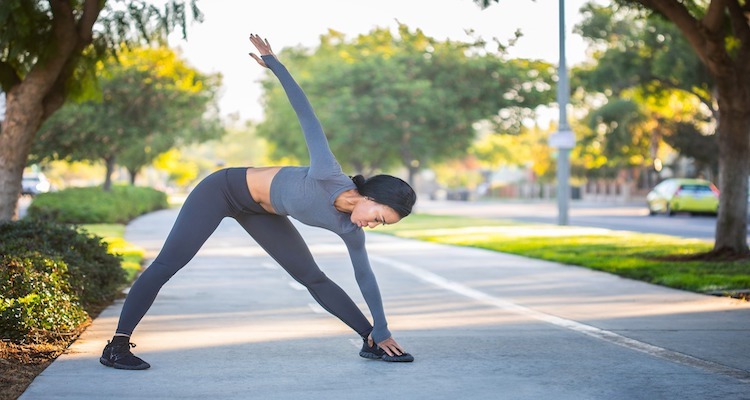
Yoga is a practice that originated in ancient India and has been around for thousands of years. It is a combination of physical, mental, and spiritual practices aimed at promoting overall health and well-being.
The physical aspect of yoga involves a series of postures, known as asanas, which are designed to improve flexibility, strength, balance, and coordination. The mental aspect of yoga involves the practice of mindfulness, meditation, and breathing techniques to calm the mind, reduce stress, and increase focus and concentration.
The spiritual aspect of yoga involves exploring the deeper meaning and purpose of life, connecting with a higher power or consciousness, and cultivating a sense of inner peace and contentment.
There are many different styles of yoga, each with its own unique approach and emphasis. Some popular styles include Hatha, Vinyasa, Ashtanga, Bikram, and Iyengar yoga. Yoga is accessible to people of all ages and fitness levels, and can be practiced in a variety of settings, from studios and gyms to outdoor spaces and even online.
Yoga has become increasingly popular among athletes in recent years, and for good reason. The physical and mental benefits of yoga can help athletes of all levels improve their performance, prevent injuries, and enhance their overall well-being.
Improved flexibility and range of motion are among the most commonly cited benefits of yoga for athletes. Many athletes, particularly those who participate in sports that require repetitive motions or are one-sided, may experience imbalances and tightness in certain muscles. Yoga can help to stretch and lengthen these muscles, improving overall flexibility and range of motion.
In addition to improving flexibility, yoga can also help to improve strength and stability. Many yoga poses require a great deal of strength and balance, particularly in the core and upper body. Practicing yoga can help to build strength and stability in these areas, which can translate to improved performance and reduced risk of injury.
Another key benefit of yoga for athletes is improved breathing. Yogic breathing techniques, known as pranayama, can help athletes to improve their lung capacity, control their breathing, and reduce stress and anxiety. This can be particularly beneficial for endurance athletes, such as runners and cyclists, who rely on efficient breathing to maintain their performance.
Yoga can also help athletes to improve their mental focus and concentration. The practice of mindfulness and meditation, which are often incorporated into yoga classes, can help athletes to quiet their minds and stay focused on their goals. This can be particularly helpful for athletes who are under a great deal of pressure, such as those competing in high-stakes events.
In addition to these physical and mental benefits, yoga can also help athletes to prevent injuries and recover more quickly from workouts and competitions. By improving flexibility and range of motion, yoga can help to reduce the risk of strains, sprains, and other common sports injuries. Additionally, the practice of yoga can help athletes to reduce inflammation and promote healing in sore or injured muscles.
One of the great things about yoga is that it can be tailored to meet the specific needs of different athletes. For example, a runner may benefit from yoga poses that focus on opening up the hips and stretching the hamstrings, while a weightlifter may benefit from poses that focus on improving shoulder and upper body mobility. With so many different types of yoga available, athletes can find a practice that is customized to their individual needs and goals.
Finally, practicing yoga can help athletes to cultivate a sense of mindfulness and gratitude. By taking time to connect with their bodies and minds, athletes can learn to appreciate and honor their physical capabilities, rather than pushing themselves to the brink of exhaustion or injury. This can help to create a more sustainable and enjoyable approach to training and competing.
In conclusion, yoga offers a wide range of benefits for athletes of all levels. By improving flexibility, strength, and stability, as well as mental focus and concentration, yoga can help athletes to improve their performance, prevent injuries, and recover more quickly from workouts and competitions. With so many different types of yoga available, athletes can find a practice that is tailored to their specific needs and goals, making it a valuable addition to any training regimen.
Many track and field athletes practice yoga as part of their training regimen. Here are a few examples:
These are just a few examples, but there are many more track and field athletes who have incorporated yoga into their training regimen to improve their physical and mental performance.
We hope this information is useful but we would always suggest contacting a specialists to get advice on yoga. You can find experts who advertise their services on our directory of sport performance specialists.
